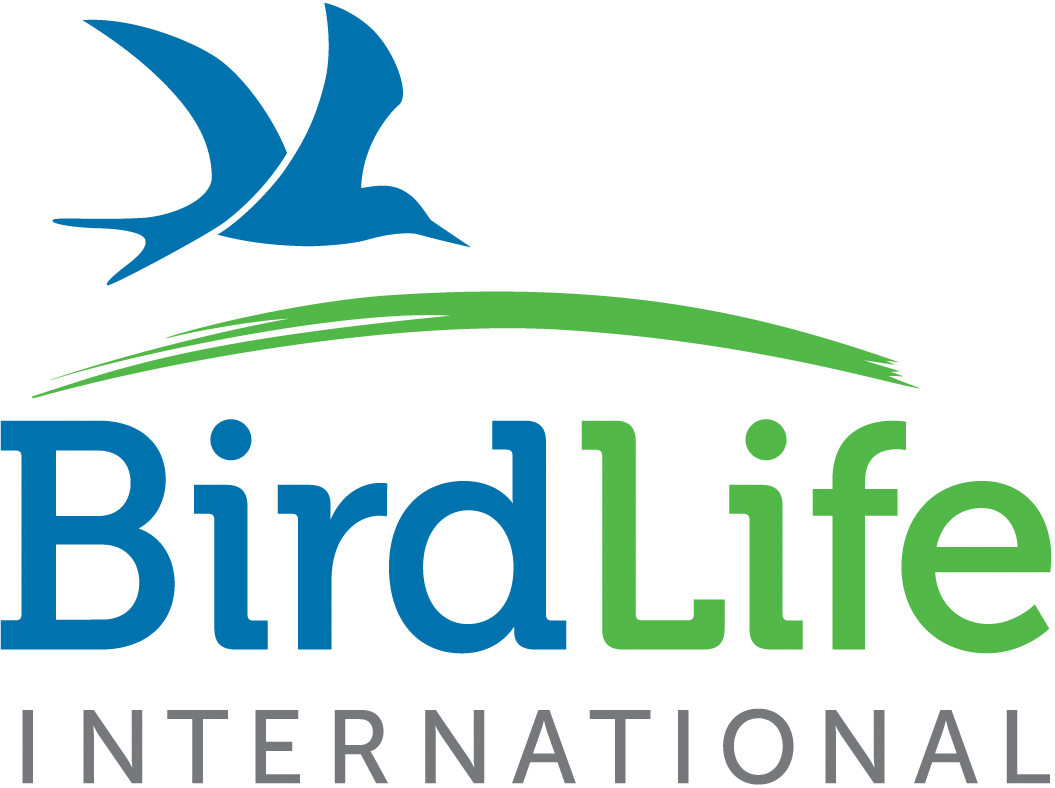Nature Reserve & Biological Station
Pollination Ecology
In tropical ecosystems the interactions between flowering plants and their pollinators are very important. On the one hand pollinators often use flowers as their sole energy resource and on the other hand the reproductive success of flowering plants depends on the visitation of pollinators. Therefore, an emphasis of the biological research work at Un poco del Chocó lies on pollination ecology.
EPHI-Project
Ecology of Plant-Hummingbird-Interactions
One very important pollinator group in the neotropics are hummingbirds. They often visit a wide array of different food plants and create a complicated network of hummingbird-plant-interactions. Since the beginning of 2017 we are collaborating in a broader study, led by Dr. Catherine Graham (WSL, Switzerland), which investigates the ecology of those networks on different altitudinal levels in the Northwest of Ecuador (and now also in Costa Rica and Brazil). The goal of the EPHI project is to quantify how interactions between hummingbirds and plants vary across elevation and land-use gradients. By evaluating these mutualistic interactions we will be able to better predict how diversity of hummingbirds and plants will be influenced by anthropogenic activities.
Therefore, the Un poco del Chocó reserve is one of many other research sites where the availability of flower resources and the interaction networks are being studied. The abundance of flowers is counted once per month on a 1,5km long transect and hummingbird-plant-interactions are investigated by observation and using time-lapse cameras. Daily nectar production of flowers is measured with microliter syringes and the sugar concentration is measured using a refractometer. This data enables the calculation of the energy offered to pollinators.
In collaboration with:
Hummingbird Feeder Project
In the Ecuadorian rainforests artificial hummingbird feeders are used to attract hummingbirds and observe them easily. Especially ecotouristic facilities often employ many feeders. Yet, the possible effects on the visitation and reproductive success of surrounding hummingbird-pollinated plants, on hummingbird populations and on intra -or interspecific behavior of hummingbirds have not been studied in detail.
With further scientific research at Un poco del Chocó we hope to examine the possible consequences of hummingbird feeders on their environment.


















